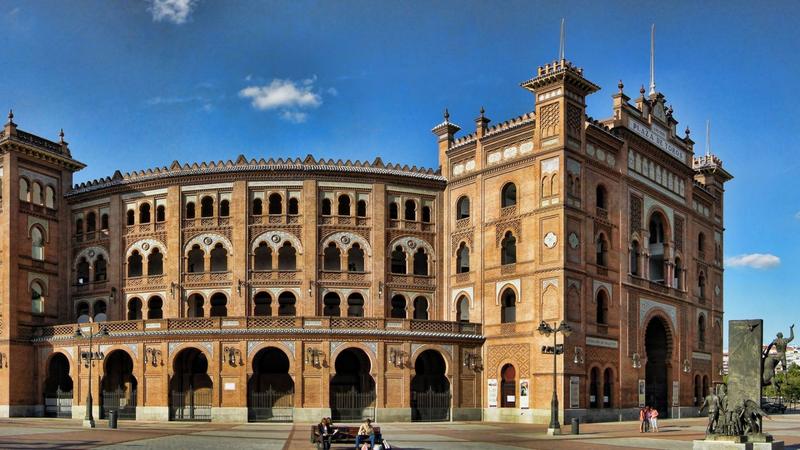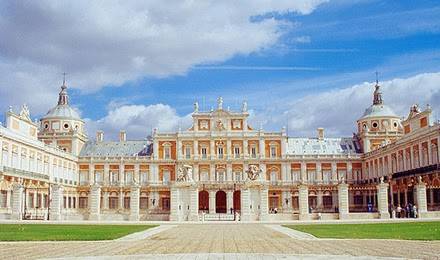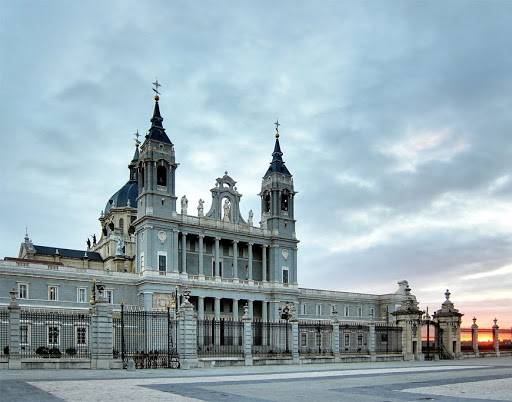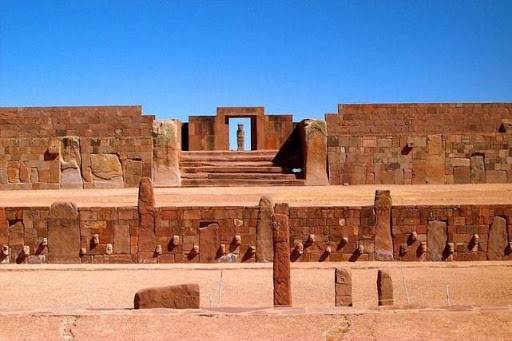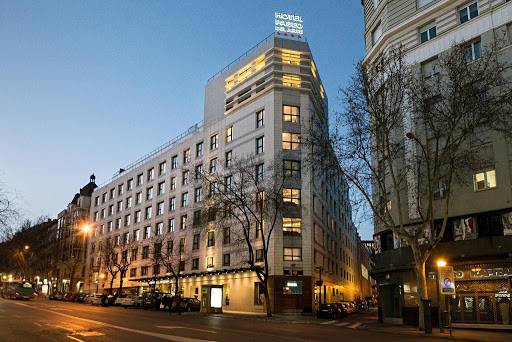The palace began as a royal hunting lodge. It became an alternative residence for the King of Spain until the reign of King Alfonso XII, who died in the palace in 1885. King Henry III of Castile ordered the construction of this pavilion in 1406 on the slopes of El Pardo Mountain due to its rich game. Later, during the reign of Emperor Charles V (1547), it was transformed into a palace by the architect Luis de Vega. On March 13, 1604, a fire destroyed many paintings, including masterpieces by Titian. King Charles III of Spain renovated the building in the 18th century, appointing his architect Francesco Sabatini to undertake the work. It underwent new renovations in the 20th century, with an identical replica of the original structure built on the east side, doubling its size.
Plaza de Oriente was ordered to be built by King Joseph Bonaparte I, Napoleon's brother. This unpopular king was always worried about the royal family being disturbed by the common people, so he decided to build a square in front of the Royal Palace. The square was designed by Velázquez, and the head details of the bronze statue of Philip IV in the center of the square were also completed by him. Galileo solved the balance problem of the rearing horse's head and hind legs.
Royal Theatre
The Royal Theatre of Madrid (Teatro Real de Madrid) is located near Puerta del Sol (Sol). It was built by the city architect Antonio López Aguado during the reign of Isabella I and was completed and inaugurated in 1850 (although the first stone of the opera house was laid as early as April 23, 1818). In 1977, this building was designated as a national monument and the idea of restoring its original function as a theatre was reconsidered. Thus, in 1997, it once again became a stage for the bel canto art in Madrid.
The Almudena Royal Cathedral is located on the south side of the Plaza de Armas, facing the Royal Palace. It was built between 1883 and 1993. Although it does not have the long history of cathedrals in many other European capitals, its brightly colored domes and white Neo-Gothic interior walls are quite distinctive.
Puerta del Sol
This is the most famous and central square in Madrid, just a few steps away from the Plaza Mayor. Originally, it was the site of one of the city's gates, which faced east and was decorated with an image of the sun, hence the name of the square. The square is almost semi-circular in shape, and its current form is the result of major renovation work carried out between 1854 and 1860. If you look at the 'flat' southern side of the semi-circle, you will see a clock tower. This building is known as the 'Real Casa de Correos'. It was originally built in the 18th century as part of the post office and is now the headquarters of the President of the Community of Madrid.
The Art Walk (Paseo del Arte) is undoubtedly one of the places with the highest density of artworks in the world. Within just over a kilometer, it brings together the famous Prado Museum, the Thyssen-Bornemisza Museum, and the Reina Sofia Art Center (an Art Walk pass allows access to all three museums), as well as other must-see art institutions and buildings.
